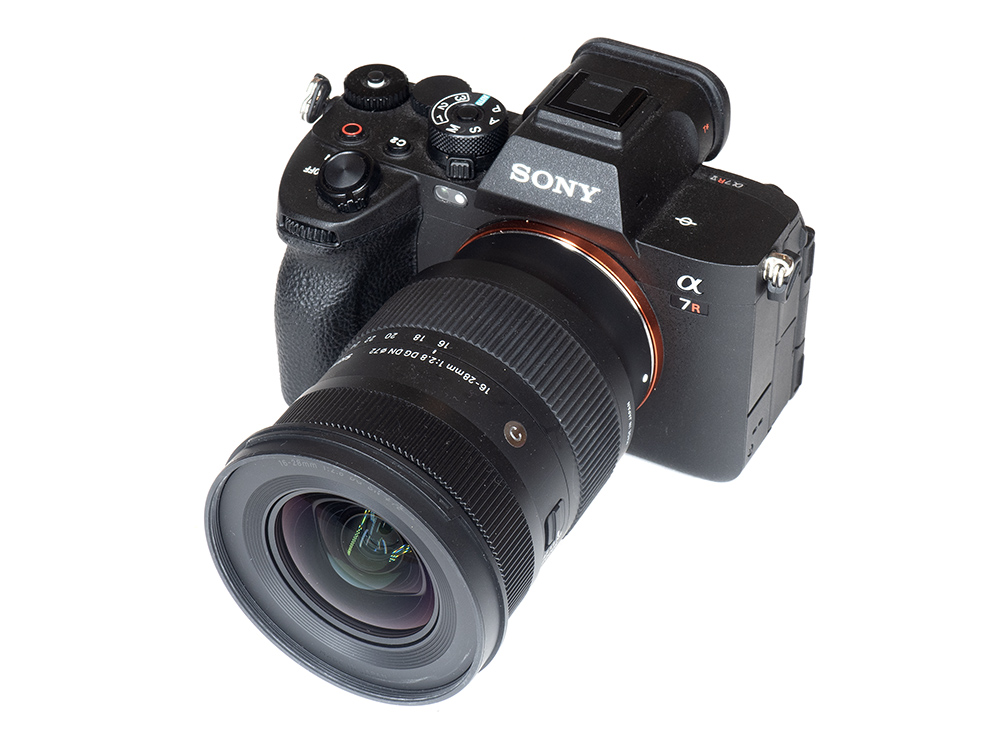
The Sigma 16-28mm f/2.8 DG DN Contemporary is Sigma’s second ultra-wide zoom lens for full-format mirrorless cameras, after the more expensive 14-24mm f/2.8 DG DN ART.
As a member of Sigma’s “Contemporary” lineup, it targets consumers rather than professionals. At around 900USD/950EUR, it isn’t a magnitude more affordable, but you can save a couple of hundred bucks nonetheless. As always, the big question is whether Sigma had to accept some compromises along the way. The most obvious one is, of course, the focal length range. However, whether 14mm vs 16mm really makes such a difference in your photography may be up for debate. 14mm is already very extreme, and 16mm is usually sufficient for all but exotic ultra-wide use cases – but your mileage on this one may vary.

The build quality of the Sigma lens is perfectly fine. It’s an internal zoom lens, so the length remains constant throughout the zoom and focus range. The zoom and focus control rings operate smoothly. Unlike its “ART” cousin, the 16-28mm f/2.8 DOES accept a front filter – here: 72mm. A downside is the simpler sealing, which only shields the lens mount. Like most Sigma lenses, the lens body is made of TSC (Thermally Stable Composite) – an engineered plastic that provides a great haptic feel. Interestingly, it is almost exactly as big/small as the Sigma 28-70mm f/2.8 DG DN Contemporary, which Sigma suggests as its natural buddy in your bag.
The lens uses a stepping motor for auto-focusing. While this isn’t the fastest AF motor type around, it is well-sufficient in this lens class. Sports photography isn’t really in the mainstream scope here, anyway. The AF motor is silent as well as precise.
| Specifications | |
|---|---|
| Optical construction | 16 elements in 11 groups (5x FLD, 4x aspherical) |
| Number of aperture blades | 9 (rounded) |
| min. focus distance | 0.25m (max. magnification: 1:5.6) |
| Dimensions | φ77.2mm × 102.6mm |
| Weight | 450g |
| Filter size | φ72mm |
| Hood | petal-shaped, bayonet mount, supplied |
| Other features | dust- & moisture resistant |
Distortion
Ultra-wide zoom lenses tend to produce quite a bit of RAW distortions. While not excessive, this also applies to the Sigma lens. A barrel distortion of ~4.5% at 16mm is very obvious. The barrel distortion dissolves soon thereafter and switches to medium pincushion distortion at 21mm, which then increases further towards the “long” end of the range.
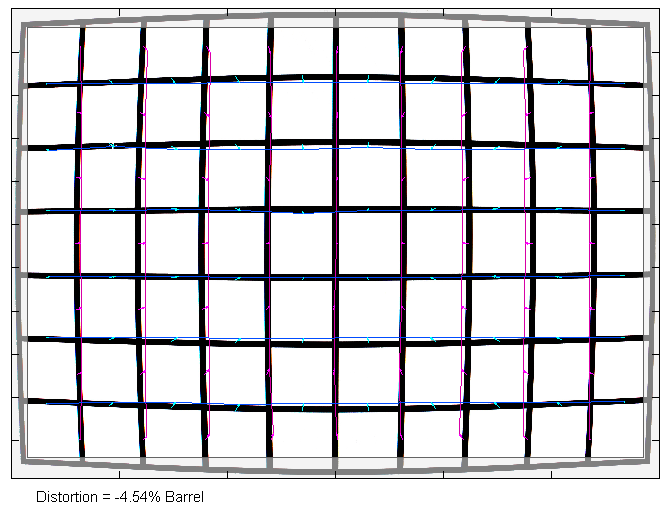

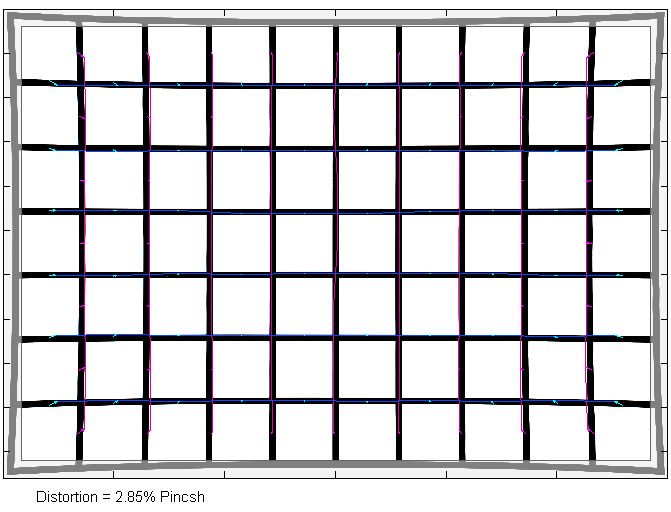
Most users are taking advantage of image auto-correction, which effectively suppresses the distortions, as you can see below.
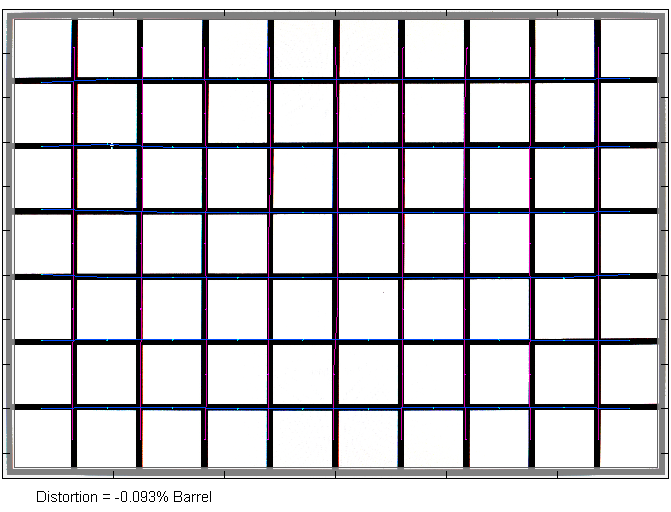
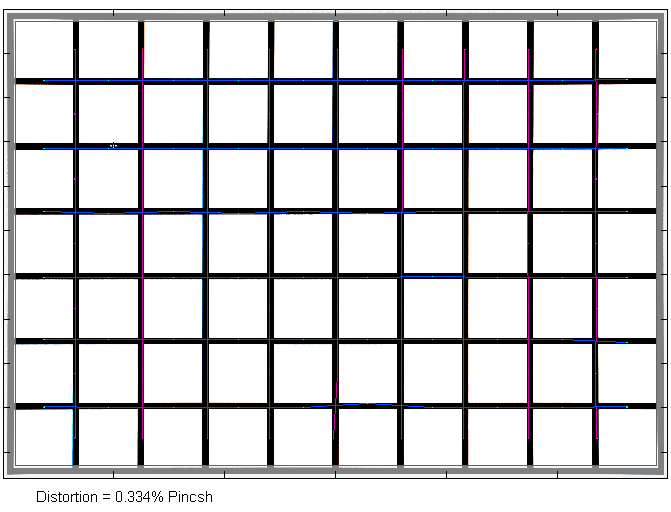

Vignetting
Another typical characteristic of this lens class is high (RAW) vignetting. At 16mm and 21mm @ f/2.8, the light falloff exceeds 3 EV (f-stops). Stopping down by 1 f-stop eases the issue, but it’s still very high at f/8. Unsurprisingly, the vignetting is somewhat more moderate at 28mm. Even so, 2 EV (f-stops) at f/2.8 remain quite obvious. Acceptable results are achieved from f/5.6 here.

Activated auto-correction reduces the vignetting by ~1.5EV (f-stops) at max aperture. And f/4 is generally usable already in this case.

MTF (resolution at 45mp)
A positive aspect of the Sigma lens is image resolution – almost surprisingly so. The dead center is generally tack sharp from f/2.8 and the near-center quality is very good. Normally, you’d expect a dramatic drop in quality in the outer image field. However, that’s not really the case here. The border quality is very good at all relevant aperture settings. The corners are just slightly softer at f/2.8 – albeit still on a good level – and they improve to good to very good levels at f/4 already. Diffraction has a higher impact from f/11, although the quality is still pretty nice at f/11 itself.
The centering quality of the tested sample was only Okayish—the sample had seen some prior use before we received it, though.
Please note that the MTF results are not directly comparable across the different systems!
Below is a simplified summary of the formal findings. The chart shows line widths per picture height (LW/PH), which can be taken as a measure of sharpness. If you want to know more about the MTF50 figures you may check out the corresponding Imatest Explanations.
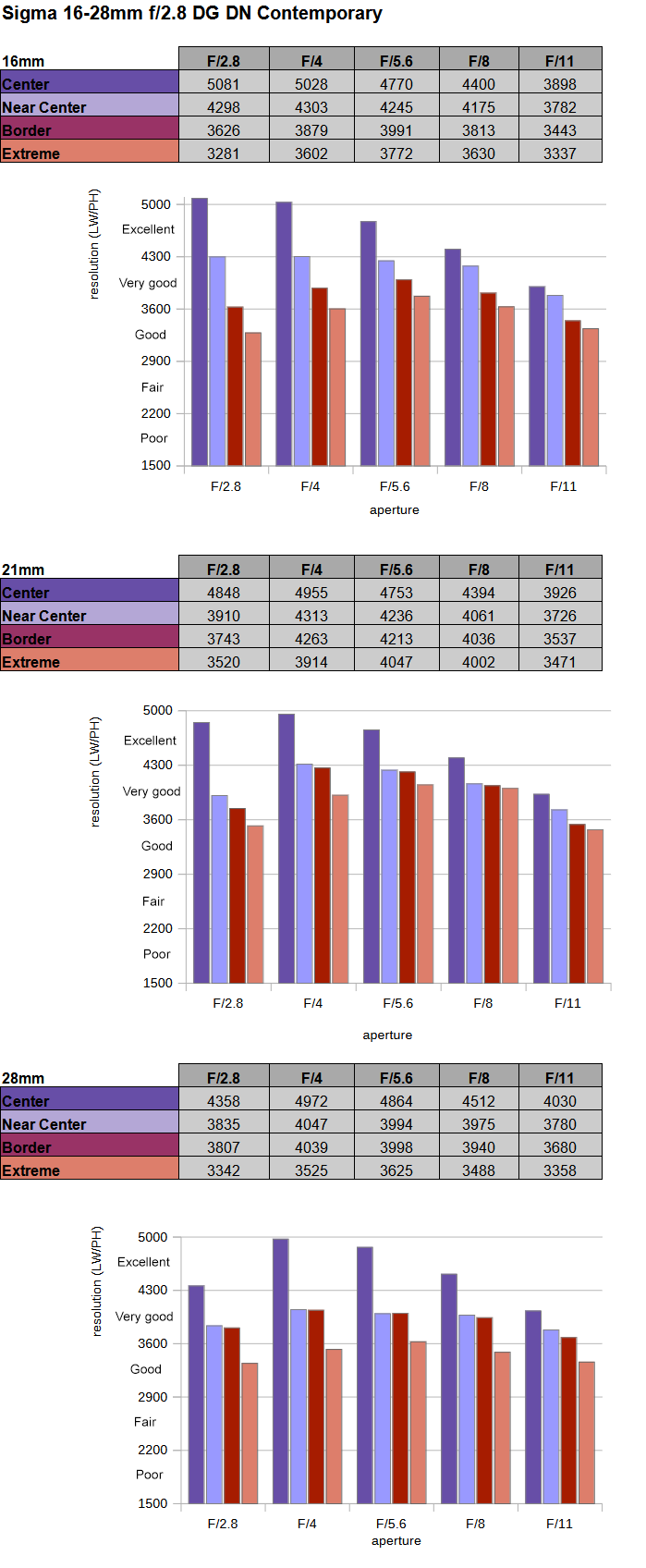
Chromatic Aberrations (CAs)
Lateral chromatic aberrations (color shadows at hard contrast transitions) are very low with an average CA pixel width of 0.8px or less at the image borders.

Sun Stars (Experimental)
Sun stars/bursts are a diffraction effect caused by the edges where two aperture blades meet. They become visible when shooting pointy light sources. We simulate the real world by using an LED for this purpose.
The Sigma 16-28mm f/2.8 DN DG Contemporary has 9 rounded aperture blades. This is good for rendering nicely rounded out-of-focus highlights, but it negatively affects the sun star characteristic. The aperture is pretty much perfectly circular from f/2.8 to f/5.6 – thus, no sun stars here. Traces of rays emerge at f/8, but you really need to stop down to f/16 for some decent pointy rays.
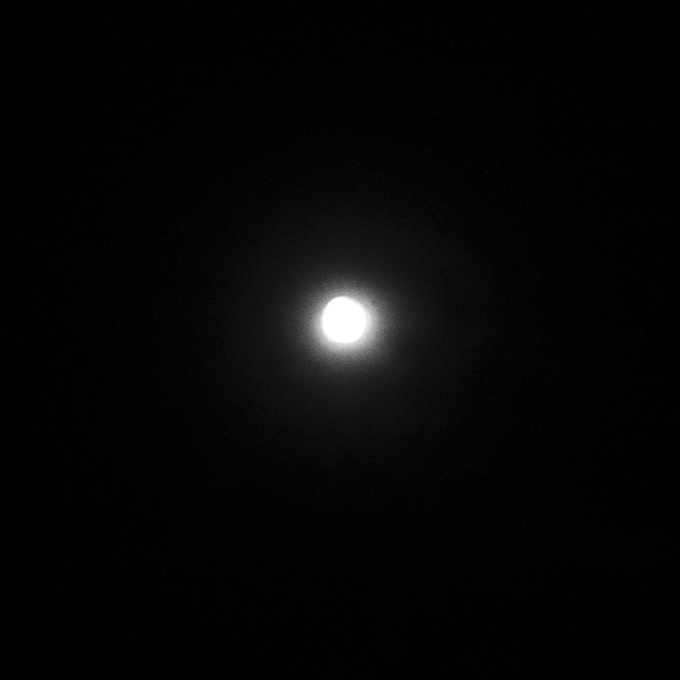

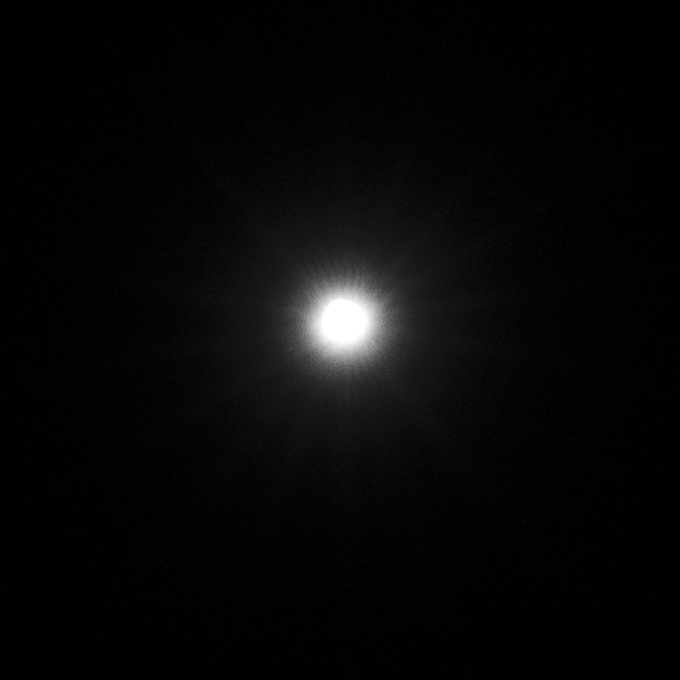


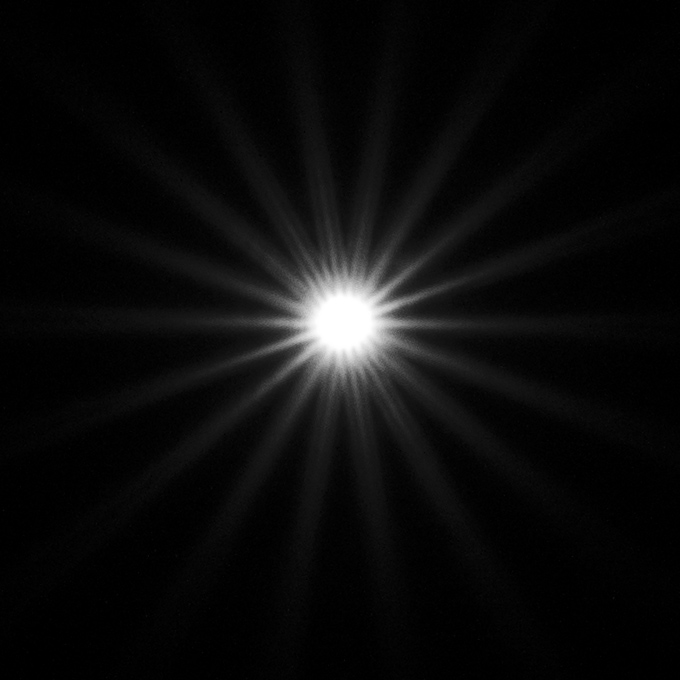
Sample Images
Competition
As usual in the Sony system, there are many lenses to choose from. The Sigma 16-28mm f/2.8 DN DG Contemporary is shown to the left below. Its in-house cousin, the Sigma 14-28mm f/2.8 DN DG ART (to the very right), offers a little extra at the wide end and better sealing. However, it has a bulb-like front element, so front filters are off-limits, and it’s slightly more expensive, of course. Then there’s the Tamron 20-40mm f/2.8 Di III VXD. We haven’t tested this one yet. Obviously, its philosophy is to bridge moderate ultra-wide and parts of the standard zoom range. However, it seems advisable to sacrifice an f-stop and go for the Sony FE 20-70mm f/4 G instead if that’s what you are after. A lens that is very much comparable in terms of focal length range and price scope is the Tamron 17-28mm f/2.8 Di III RXD. It isn’t quite as good, though.
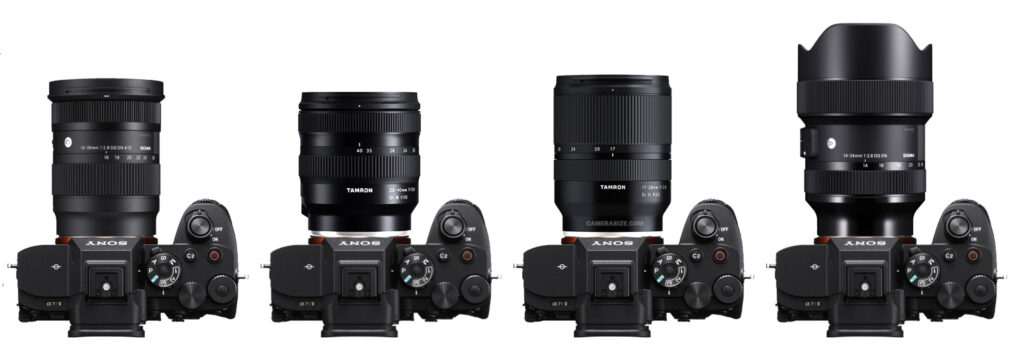
The Sigma 16-28mm f/2.8 DG DN Contemporary is a bit of a surprise. You'd expect that a designated "Contemporary" lens comes with a couple of compromises compared to Sigma's ART lenses. After all, it is targeting consumers. However, there are surprisingly few. The aspect that stands out the most is high sharpness at all relevant settings. The center quality is superb but borders and corners are still very impressive. The reason is surely the rather short zoom range of 16-28mm. Less range simply translates to higher performance because the manufacturer has to optimize fewer parameters. Lateral CAs are also low and with activated auto-correction, vignetting is restored to acceptable levels and image distortions are basically absent then. This is different in RAW images but that's hidden from most users. Sun star lovers may not be overly thrilled with this lens whereas the bokeh is comparatively smooth for such a lens.
We always liked the build quality of Sigma lenses ever since the introduction of their ART/Contemporary/SPORTS lineups - and that's no different here. While the lens body is made of engineered plastics (Thermally Stable Composite (TSC)), it feels sturdy while still being fairly lightweight - also helped by an internal zoom mechanism. An aspect there the "Contemporary" grade does show up is weather-sealing - it only features a gasket at the lens mount. Unlike it's ART cousin, the 16-28mm f/2.8 also accepts front filters. The AF speed is pretty good although not really an important aspect on an ultra-wide lens.
Overall, Sigma has created a winner that combines high optical and mechanical qualities with an attractive price.
-
Optical Quality
-
Build Quality
-
Price / Performance

